So, like most things in my teacher journey, I started doing strategy groups accidentally.
One year while I was teaching fourth grade we were in the middle of test prep which means we were focusing on ALL THINGS reading comprehension. We were in the middle of our spiral review and trying to review all the reading skills we had learned during they year.
My school gave students what we referred to as “prescription packets” – maybe you have something similar. Basically, we would give students a practice test for the EOY exam and whatever reading comprehension skills they didn’t master on that practice test were the ones they practiced during our test prep season. We figured this would prevent students from practicing stuff they already mastered.
So every student has a different set of passages and questions that were specific to the skills they needed to practice.
Well, we had some extra time in our reading lesson so I just told my class “If anyone feels like they need help with answering thinking questions, bring your prescription packet with you and come on down to the carpet.
I had four students come down. Each one was reading a different passage, but they all needed help with the same skill – identifying and answering thinking questions.
*Side note: We used the term thinking questions to describe any test question that couldn’t be answered by going back to the text… most of them were inferential questions.
So while these four students came to the carpet. We had a quick discussion about what thinking questions were, talked about how to identify them, and then talked about how to answer them…. then my students practiced that skill while they were sitting right in front of me and I could support or answer any questions they had.
This little impromptu group worked out so well that I decided to keep using that format during our test prep season.
Well over the summer I did some research and realized that strategy groups were an actual thing. I did some research and realized that I could use strategy groups during the entire year to help boost my students’ reading comprehension.
After several years of research and implementation, I think strategy groups are one of the most underutilized (yet most effective) instructional strategies we can use to help students become more confident in their ability to use comprehension strategies in their independent reading.
So today, I want to answer some common questions teachers have when they are getting started with strategy groups for the first time.
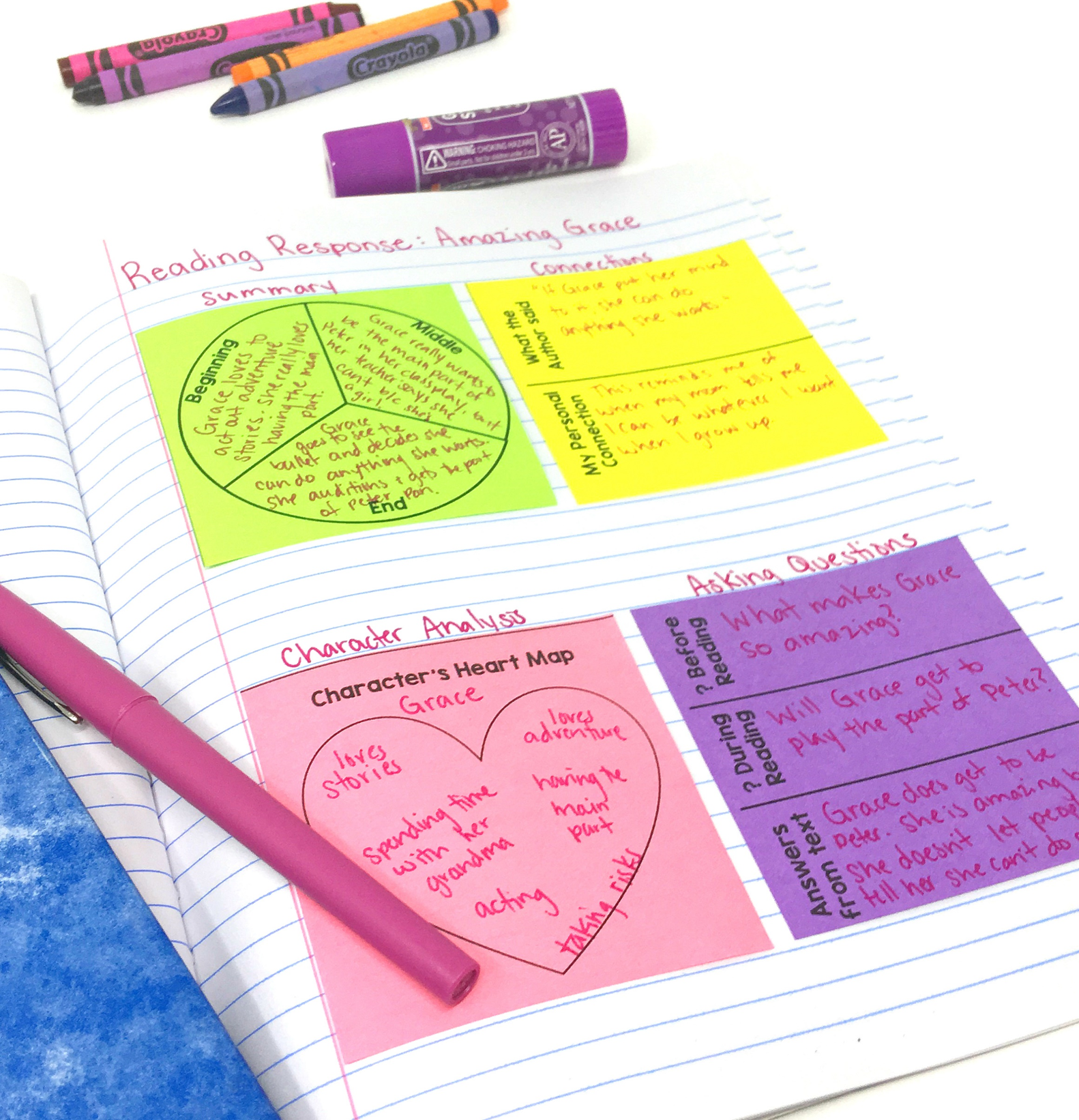
What is a reading strategy group?
A strategy group is a small group of students usually 4-5 students.
Lessons are usually 8-10 minutes long.
You will focus on one specific strategy – usually it’s one that you have already taught during a whole group mini-lesson OR during a guided reading lesson.
The goal of your strategy group is to equip students to apply the strategy to their independent reading without your support.
Now… you might be wondering, well how is this any different from guided reading.
Well during guided reading your students are reading a shared text… in strategy groups, students usually bring their own texts.
During guided reading students are grouped according to their reading level… in strategy groups, students are grouped based off of their instructional need. Groups consist of students who need help with the same strategy.
During guided reading the same group of students meets over and over again usually for 6-8 weeks… in strategy groups, the groups are flexible and usually you’ll never meet with the same group twice.
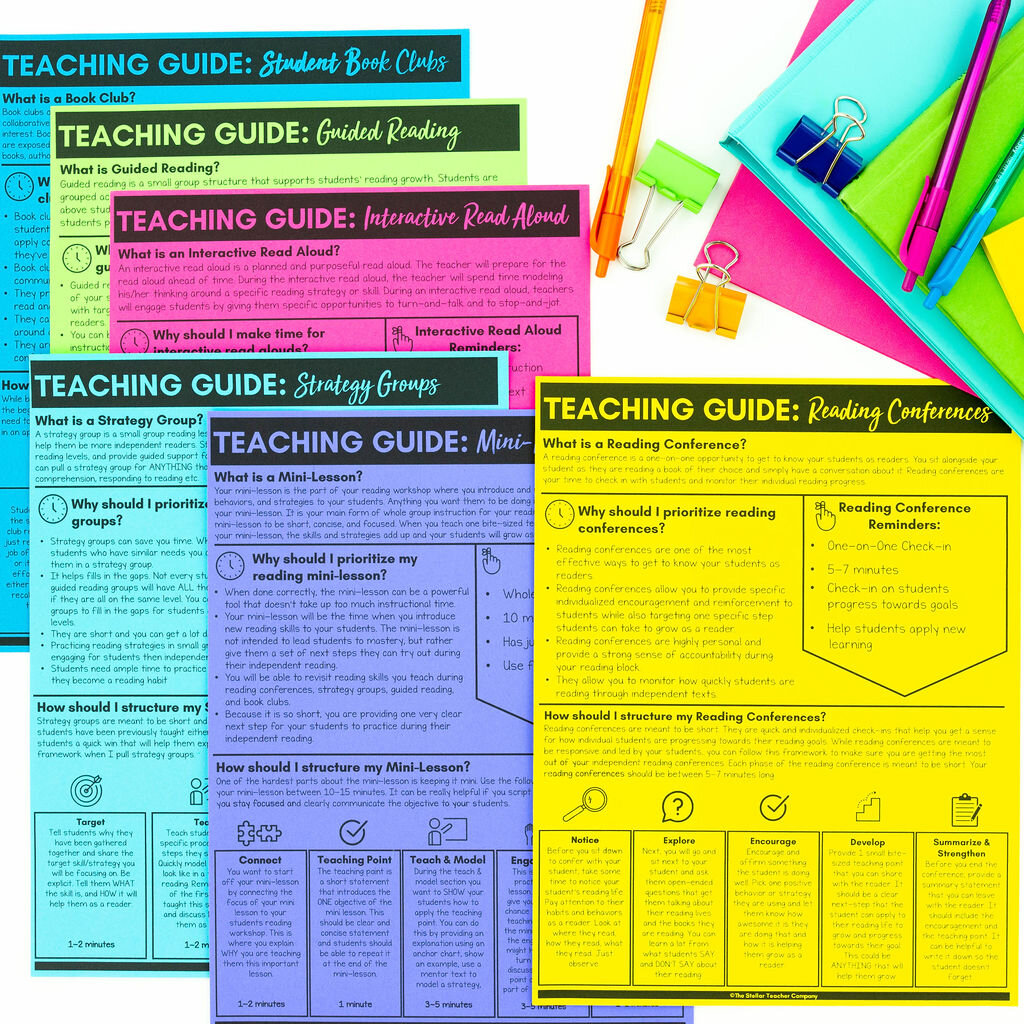
How does a strategy group fit into my reading block?
Your reading block should include a variety of instructional routines/structures that will help students learn, practice, and apply all the reading skills and strategies that you are required to teach based on your state standards… These are all the parts I suggest you include in your reading block.
Whole Group Mini-Lesson – During your whole group mini-lesson you’ll be introducing, modeling, and teaching a reading comprehension skill or strategy for the very first time. All students are present for this type of lesson.
Guided Reading – Guided reading is usually your primary form of small group instruction. Students are part of a small group that regularly meets and you provide scaffolded support to help them reach the next reading level.
Independent Reading Conferences – these are one-on-one meetings that allow you to check-in with students and talk about how they are progressing towards their reading goals. You usually hear them talk about how they have been applying what you’ve been teaching to their independent reading.
During each part of the reading block, you are looking for evidence and signs of mastery. If you ever notice a student (during your mini-lesson, guided reading, or reading conference) that just doesn’t seem to get it, or needs a little more support or practice with reading comprehension, then pull them into a strategy group and provide just a little extra support for that specific strategy.
Strategy groups are a way for you to fill in the gaps.
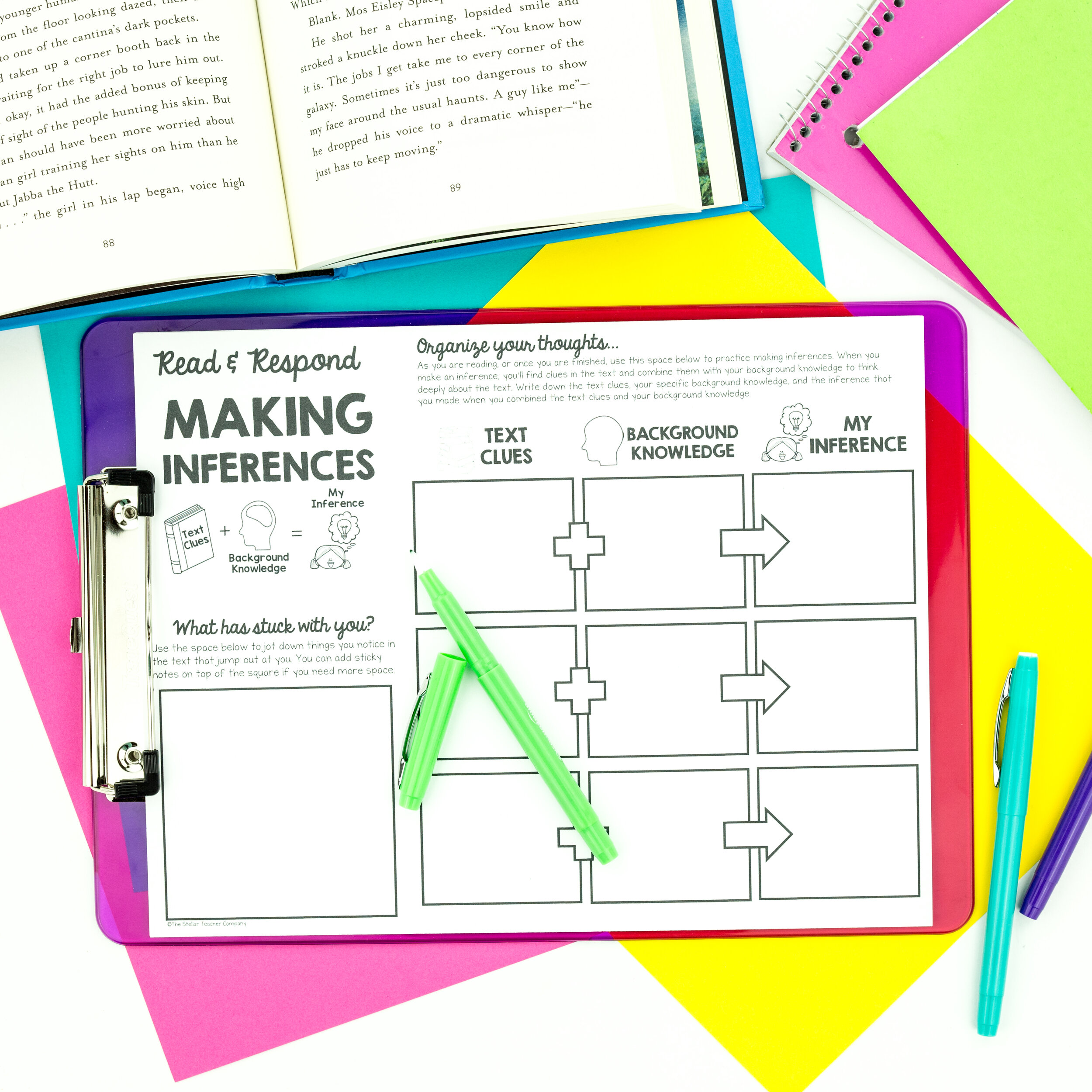
How do I get started with strategy groups?
Getting started with strategy groups is quite simple. First of all, pick a time in your reading block where you have 10-15 minutes and just dedicate that as your strategy group time. You can also find a time outside of your reading block to pull strategy groups if you have an extra chunk of time during your morning or afternoon transition time… just make sure whenever you decide to host a strategy group you can be consistent with that time day after day or week after week.
During the week when you’re doing your mini-lessons, guided reading, reading conferences, pay attention to students who need JUST a little extra help with a certain reading skill/strategy.
Then, invite them to come to a strategy group. These students can be from all different reading levels and they don’t have to all be reading the same text. You might have some students that get invited to most of your strategy groups and you might have some students that will never need to come to a strategy group.
But that’s the beauty – you’ll be targeting just the kids that need the extra support.
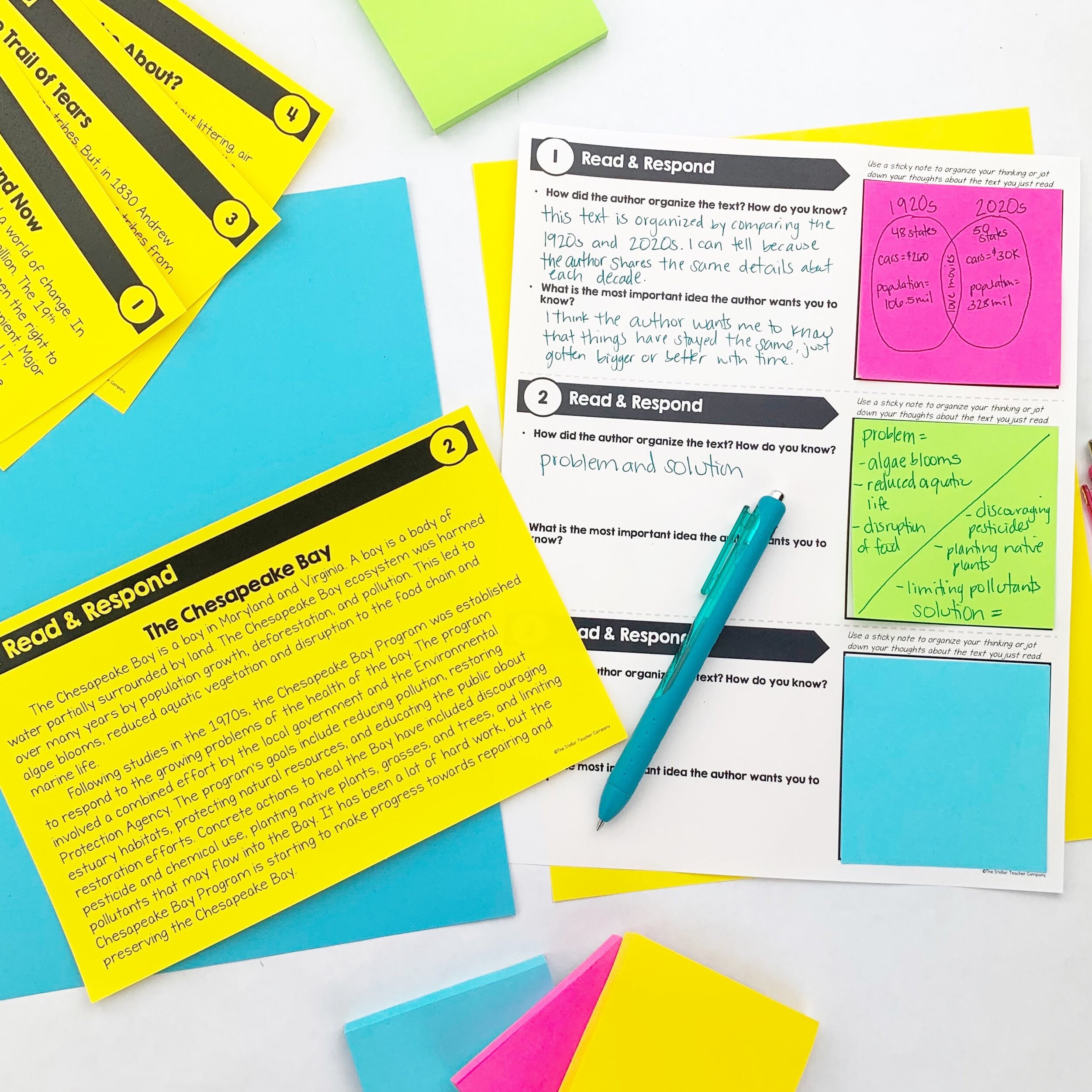
What do I do during my strategy group?
Running a strategy group is really quite simple. AND you can use the 4 T’s to help structure your lesson – Target, Teach, Tackle, Transfer.
Target (1-2 minute)
During the target portion of your lesson you will simply introduce the skill/strategy you are working on and explain to your students how this skill will help them as readers. Make sure you give a purpose for the lesson so students are motivated to participate and practice.
Teach (1-2 min)
Now remember, that this is NOT the first time you are teaching this skill to your students. This should be something that your students have been exposed to before. This means the teach portion of the strategy lesson should be really short and sweet. You want to quickly review an anchor chart or strategy card just to remind students how to apply that skill to their reading.
Tackle (8 min)
This is where the bulk of your lesson should be spent. During the tackle, students are working on applying the strategy to their own independent reading text. You are there to observe and provide support if needed. But they should be the ones doing the heavy lifting and trying the strategy. Sometimes I like to have short reading passages available just in case the students bring a text that doesn’t lend itself to the strategy we are working on. You can check out some of my favorite passages to use for strategy groups right HERE.
Transfer (1 min)
At the very end of your strategy group you will prepare students to apply this strategy to their independent reading WITHOUT your support… you will transfer the strategy to them. Remind students of the strategy, the process to apply it, and how it will help them grow as readers.
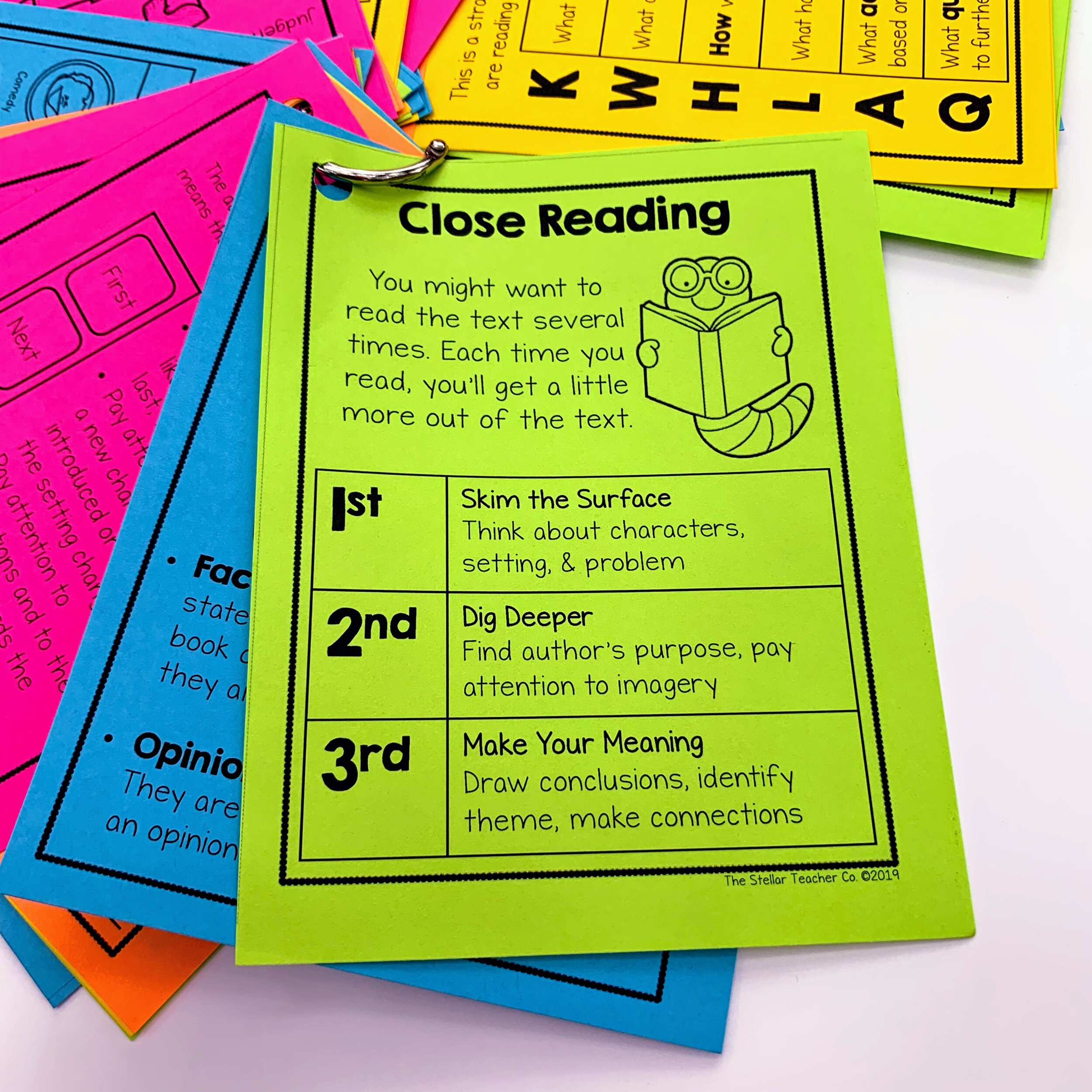
Why should I incorporate strategy groups?
Well first of all they are super effective and really easy to implement… but really the main reason is it is just another layer of support you can provide your students during your reading block.
Some students will master the content during your mini-lessons, some students will master it during guided reading, but some students might need a little extra push to finally master the skills you are teaching.
Strategy groups are a great way to provide intervention… or really they are a great tool to make sure students aren’t falling too far behind. You can easily address student’s reading struggles before they become a huge roadblock to their reading success.
Ok, I’m ready to get started, now what.
Yay. I’m excited to hear you’re excited to introduce this type of small group lesson into your reading block. Hopefully the information in this post helps outline the next steps you need to take to implement strategy groups into your classroom.
But if you need a little extra help with the lesson planning side of things I have two things I want to offer to you before you go.
- Inside the Stellar Teacher Reading Membership we have scripted small group lesson plans that are perfect for your strategy lessons. Each lesson includes a scripted lesson plan, a reading passage if you prefer to use a shared text, a graphic organizer for students to organize their thinking, and a set of comprehension questions for a complete reading experience. These small group lessons are just one of the many resources included in the membership.
- If you JUST need help with the strategy lessons, we do include this resource in our TPT store. You can check out all the strategy lesson sets we have by clicking right HERE. The goal with these lessons is to save you time planning and hunting for materials so you can focus your energy on actual teaching.
So whether you are teaching online or in person, I hope that you create time in your reading block for a few strategy groups each week.
Happy Teaching!
Word Lists for Most Common Prefixes & Suffixes
Teaching word study is important in upper elementary. Grab this free download to get a list of the 15 most common prefixes and the 15 most common suffixes. If you teach these prefixes and suffixes to your students, they will have the tools to read and understand over 90% of all words with prefixes and suffixes!
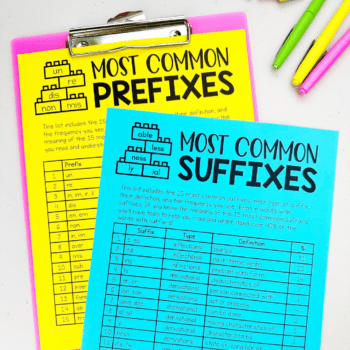
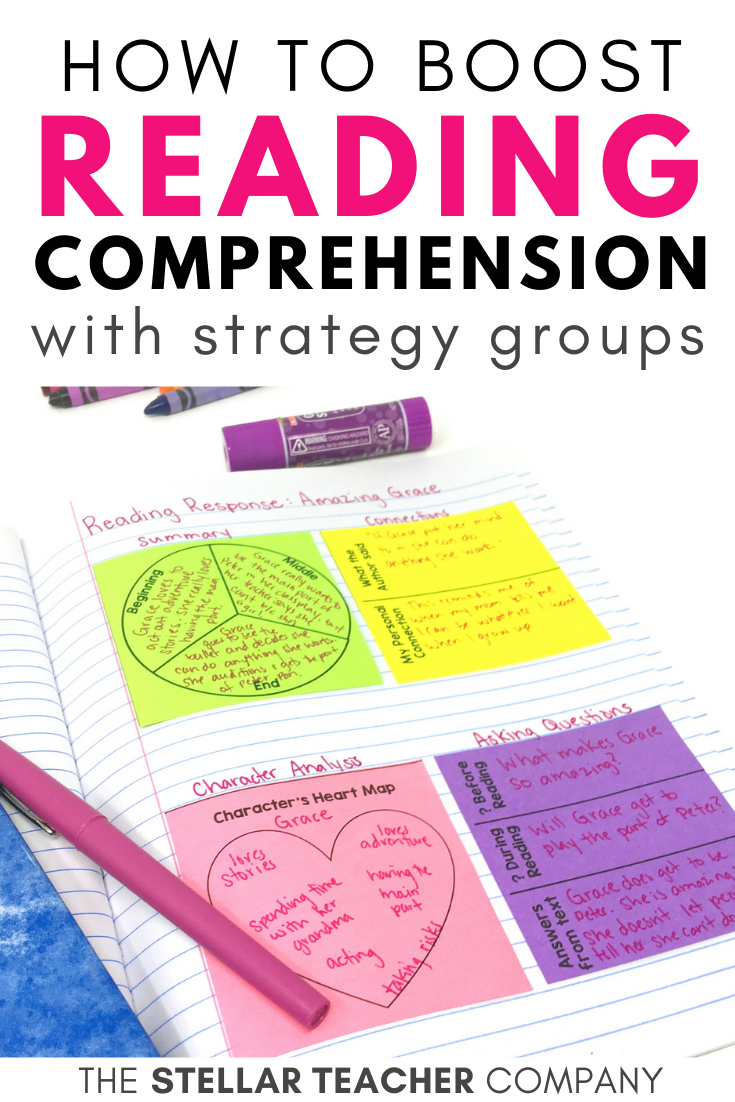



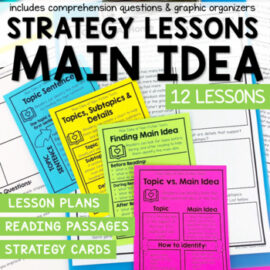
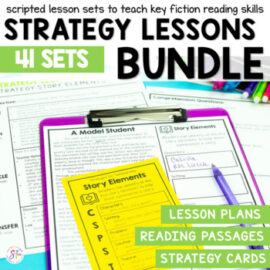
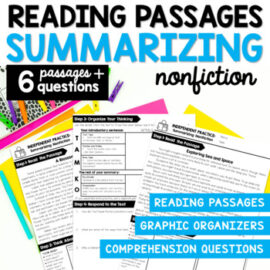
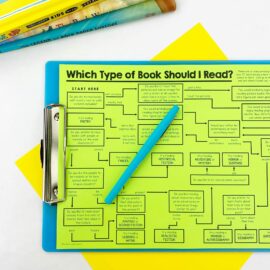
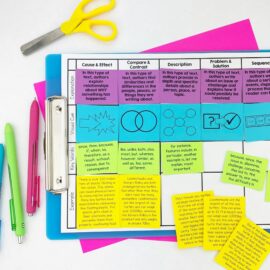
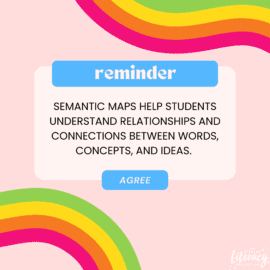


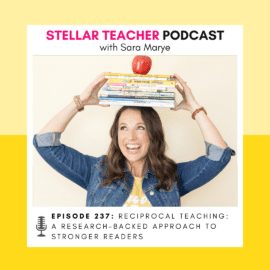


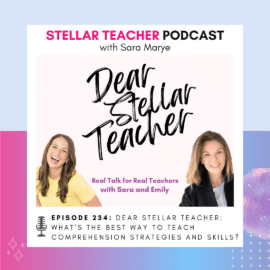



Leave a Comment
You must be logged in to post a comment.